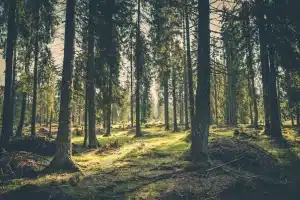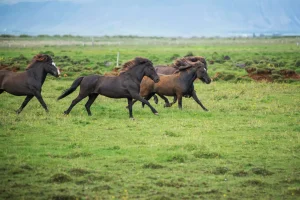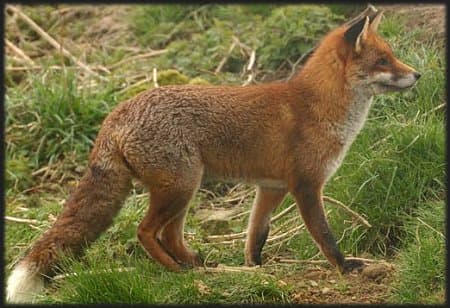Red fox fact file
The
Red fox fact file
Red Fox
Common name – red fox (normally just ‘fox’)
Scientific name – Vulpes vulpes.
Size – the body length of an adult fox can range from 60 – 90cm, with an additional tail length of up to 50cm. Standing height to the shoulder can range from 20 – 40cm. An adult male fox (dog) typically weighs around 7 – 10kg, the female (vixen) weighing slightly less.
Identification tips – easily identified by its doglike appearance and almost uniform reddy-brown coat and long, bushy tail. The under-neck and chin are often white, and the ears have black tips.
Preferred habitat – red foxes are very adaptable and can live in a wide variety of places. They are becoming increasingly more common in urban areas, especially adjacent to open countryside. In forested or open land they will make their home in any suitably sheltered hollow or hole.
Diet – with red foxes, almost anything goes. Small animals, invertebrates, insects, birds and bird eggs are favourite. Farmyard poultry such as chickens and ducks are often taken. Forest fruits, nuts and berries also make up the diet, as does leftover scraps from human rubbish bins.
Breeding – March is the main month for giving birth, around 50 days after mating. The vixen has a litter of between four and seven cubs, annually. The birth takes place underground in a ‘den’ (also called an earth). The fox will dig her own if necessary but will try to seek out an existing hole, such as a disused badger sett, first.
Other points – very widespread throughout all areas of the New Forest National Park, including urbanised areas. Most active at night, foxes are scavengers and will readily enter people’s gardens to scrounge for food, particularly around rubbish bins.
They will also attack and eat smaller free-roaming birds and animals in gardens, given the chance, such as chickens, ducks, and rabbits.
Solitary animals for much of the time. Foxes are generally seen as a pest and have long been the centre of various hunting activities.
Related Pages:

Why Time in Nature Complements Daily Astrological Guidance
Many of us start the morning with a quick look at our horoscope. A few lines can help name our mood, highlight a tension, or point out an opening in the day. What often gets

UK’s best natural spots
Wilderness escapes are not for everyone, that’s for sure. Some people simply prefer holidays where they can lounge all day and take it easy instead of being active, going hiking, swimming, or cycling. But there

Tech Hacks for Exploring the New Forest National Park
The New Forest National Park in the UK is one of Britain’s most enchanting natural destinations. Covering ancient woodlands, open heathlands, and winding walking trails, it offers visitors a chance to step back in time

The Benefits of Outdoor Life for Horses
Life outdoors shapes stronger, healthier horses. Sunlight fuels the body with vitamin D, which helps bones grow dense and resilient. Space allows movement that stables cannot match. A horse stretching into stride, breathing clean air,

New Forest Getaway
The New Forest in southern England is unlike anywhere else, one moment you’re on a country lane, the next you’re face to face with a pony blocking traffic. Villages with thatched roofs appear out of

How Satellite Imagery is Transforming Wildlife Conservation
Today, a myriad of species and their habitats are struggling to survive and are on the verge of extinction due to permanent pressure on deforestation, climate change, and unlawful activities like illegal mining and logging.

